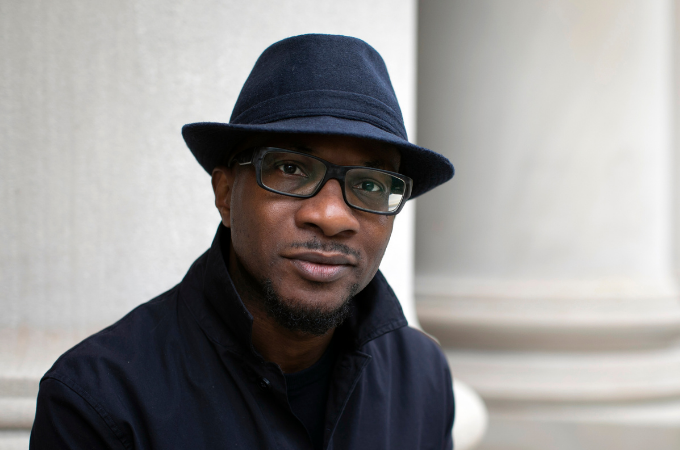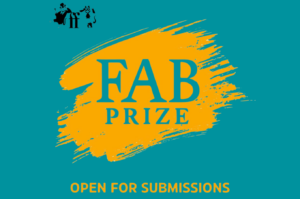
As readers will remember from Open City, the act of walking is an essential element in Teju Cole’s mode of storytelling. The walk both sets the scene and opens up possibilities of travel through space and time.
In Cole’s most recent essay, “Arbos,” published in Granta magazine, he discovers that even in a world where the streets are bare and shops are closed, walks maintain their transportive quality. When the urban bustle of pre-pandemic life falls silent, trees make their presence known and begin to whisper their story.
Read an excerpt from “Arbos” below:
When it was still possible to visit the Harvard Art Museums, I used to walk from my home down Kirkland Street and then across to Quincy Street, a fifteen-minute stroll in fine weather or an intense ten-minute walk through a blizzard. If, leaving home, I walked the other way, down Beacon Street in a south-easterly direction, I would come to Inman Square, to a restaurant there, or to a favorite bar. But the bar is currently closed, as are the libraries on campus. The classrooms are empty, the restaurants are takeout only, the museums are shut, and my office is inaccessible. These were my various reasons for walking in the neighborhood. With none of them currently viable, the meaning of going for a walk has changed: it is now an unmotivated ambulation, with no destination to give it ballast. Such was my experience for the first week or two of the new reality. But soon afterward, I began to take a camera out with me, and the presence of the camera on those walks, which took me all over Cambridge and Somerville, shifted the register yet again, and I became alert to the streets in a new way.
I began to photograph trees. My attention was particularly drawn to the ways they had accommodated themselves to the urban environment, or the ways they had been pressed into making such accommodation. Everything in tree life, I came to feel, was a negotiation made visible…
Click here to read the full essay.









COMMENTS -
Reader Interactions